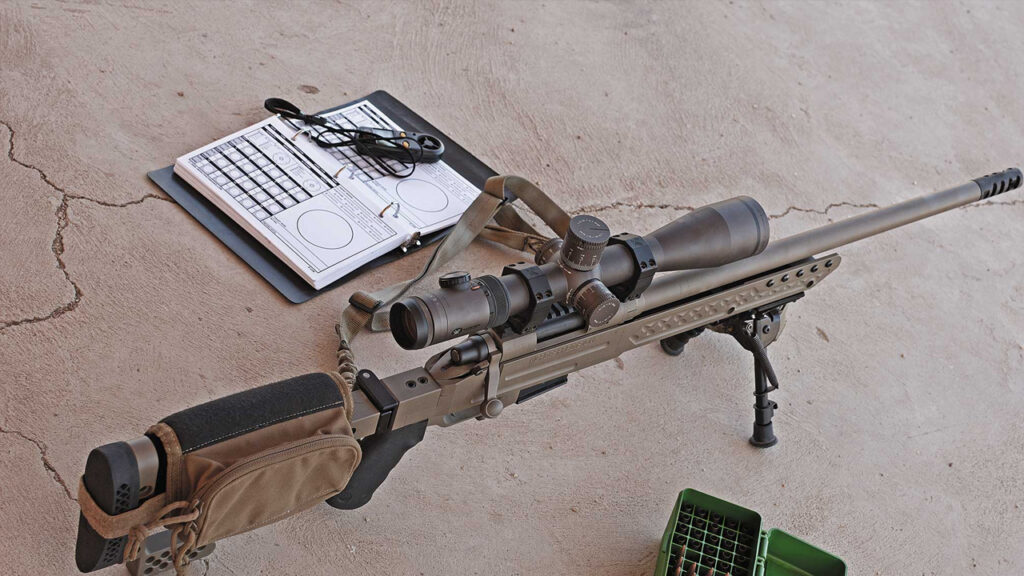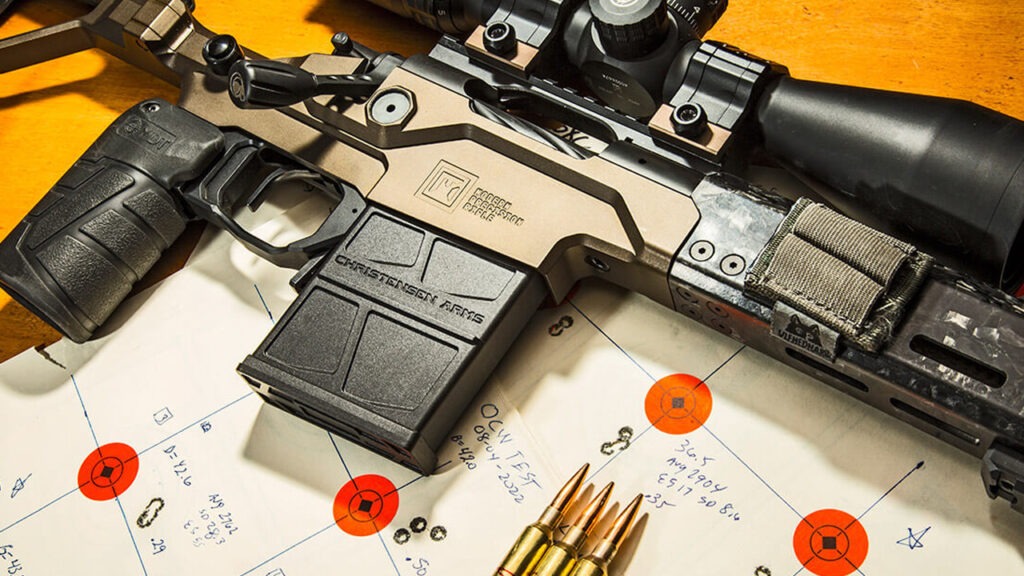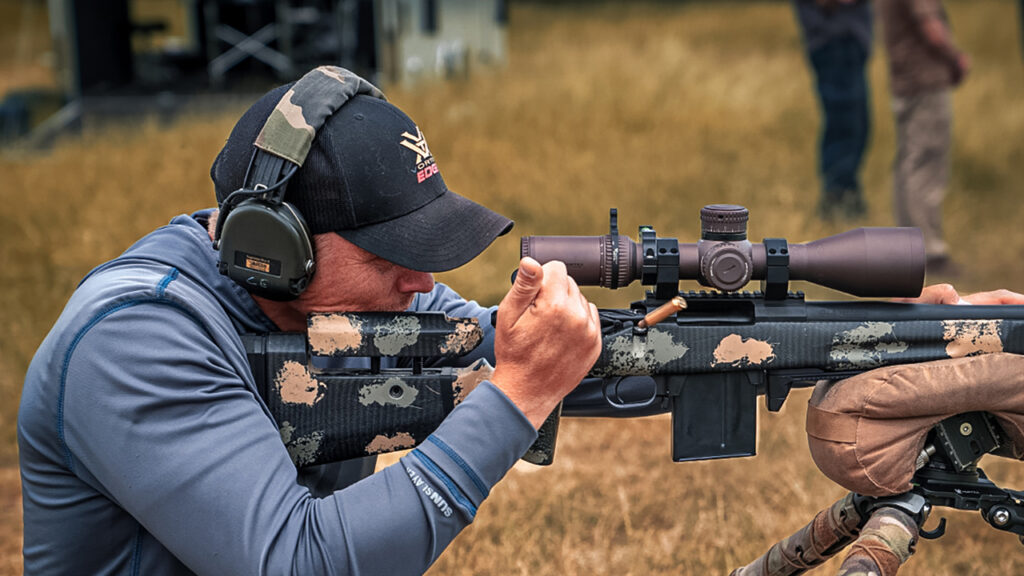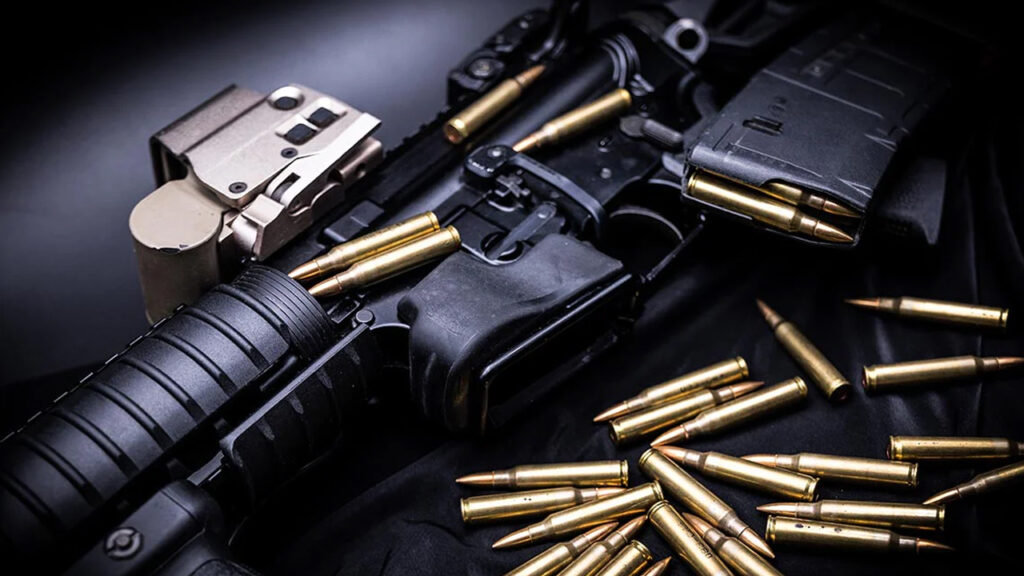Выбор для ставок пин ап казино и знакомство с правилами сайта
Рынок азартных развлечений стремительно растет, запускаются новые клубы, предлагающие огромный ассортимент игр и акций для гемблеров. Каждое заведение хочет выделиться

Reloading supplies encompass a range of components and equipment essential for firearm enthusiasts and shooters seeking to maintain and customize their ammunition. These supplies include primers, powder, bullets, brass cases, and reloading supplies such as presses and dies. Their significance in firearm maintenance and shooting sports cannot be overstated. Reloading equipment enables shooters to tailor their ammunition to specific preferences and needs, whether for accuracy, performance, or cost-effectiveness. Additionally, they empower shooters to optimize their firearms for various purposes, such as target shooting, hunting, or competition. In essence, reloading supplies plays a pivotal role in ensuring the reliability and versatility of firearms while enhancing the overall shooting experience.
One of the fundamental types of reloading supplies is primers, which come in various forms such as standard, magnum, and match primers. These tiny yet critical components serve the vital role of igniting the powder charge within the cartridge, initiating the firing sequence. Standard primers are commonly used for general reloading purposes, while magnum primers are designed for high-pressure loads typically found in magnum cartridges, providing a hotter ignition for more consistent performance. Match primers, on the other hand, are meticulously crafted to offer the utmost precision and uniformity in ignition, making them ideal for competitive shooting where accuracy is paramount. The choice of primer type directly influences the reliability and performance of the reloaded ammunition, making it essential for shooters to select the appropriate primer based on their specific reloading supplies needs and firearm characteristics.

Another critical reloading supply is powder, available in various forms tailored for different firearm types, including pistol, rifle, and shotgun powder. Each variety of powder possesses unique characteristics and serves specific purposes, influencing the performance and behavior of the reloaded ammunition. Pistol powders are formulated to deliver optimal performance in handguns, offering consistent ignition and burn rates suitable for shorter barrel lengths. Rifle powders, on the other hand, are engineered to provide efficient combustion in long-barreled rifles, maximizing velocity and accuracy while maintaining pressure within safe limits. Shotgun powders are designed to generate the necessary gas pressure to propel shots or slugs efficiently, with varying burn rates depending on the intended application, such as hunting or clay shooting. When selecting powder for reloading, considerations such as burn rate, charge weight, caliber, and intended use must be taken into account to achieve optimal performance and safety in firearms.
Bullets are a crucial component among reloading supplies, offering various options tailored to different preferences and shooting applications. Common varieties include jacketed, lead, and plated bullets, each with distinct characteristics and advantages. Jacketed bullets feature a metal jacket surrounding a lead core, providing enhanced penetration and reduced fouling, making them suitable for high-velocity cartridges and precision shooting. Lead bullets, on the other hand, offer cost-effectiveness and versatility, making them ideal for low-velocity loads and traditional shooting disciplines. Plated bullets combine the benefits of both jacketed and lead bullets, featuring a thin layer of plating over a lead core, offering reduced fouling and improved feeding characteristics. When selecting bullets for reloading, shooters must consider factors such as weight, caliber, and shape to ensure compatibility with their firearm and desired performance. Weight influences bullet trajectory and energy transfer upon impact, while caliber must match the firearm’s specifications for safe and accurate shooting. Additionally, bullet shape affects aerodynamics and stability in flight, with options ranging from round nose to hollow point designs, catering to various shooting needs and preferences.

Among the essential reloading supplies are brass cases, which play a pivotal role in ammunition assembly by securely holding the other components together. These cases serve as the housing for the primer, powder charge, and bullet, providing structural integrity and ensuring the proper functioning of the cartridge within the firearm. Brass cases are available in different types to suit varying preferences and needs. New brass cases come directly from the manufacturer, offering uniform dimensions and pristine conditions for reliable performance. Once-fired brass cases, as the name suggests, have been fired once before and are collected for reloading, often providing cost savings while still maintaining adequate quality for subsequent use. Processed brass cases undergo additional steps such as resizing, depriming, and cleaning, streamlining the reloading process and ensuring consistent performance. The selection of brass cases depends on factors such as budget, convenience, and desired level of customization, with each type offering distinct advantages to reloaders.
Reloading equipment constitutes a crucial aspect of the reloading process, providing the necessary tools for assembling ammunition with precision and efficiency. Presses are a primary component of reloading equipment and are available in various types, such as single-stage, turret, and progressive presses. Single-stage presses are ideal for beginners or precision reloading supplies, allowing for meticulous control over each step of the reloading process. Turret presses offer a balance between efficiency and versatility, enabling reloaders to switch between multiple dies with ease for faster production. Progressive presses are geared towards high-volume reloading, automating multiple stages of the process simultaneously to maximize efficiency. In addition to presses, reloading equipment includes dies, scales, calipers, and other tools essential for accurate measurement, resizing, and seating of components. Dies are used to shape and resize brass cases, seat bullets, and crimp cartridges, ensuring proper fit and functionality. Scales and calipers are employed for precise measurement of powder charges, bullet dimensions, and overall cartridge length, facilitating consistency and safety in reloading practices. Other tools, such as case trimmers, case prep stations, and priming tools, further enhance the efficiency and accuracy of the reloading supplies process, catering to the diverse needs and preferences of reloaders.

Several factors influence the selection of reloading supplies and equipment, ensuring optimal performance and satisfaction for shooters.
By considering these factors carefully, shooters can make informed decisions when selecting reloading equipment, ultimately enhancing their shooting experience.
Safety considerations are paramount in reloading to ensure the well-being of the reloader and the reliability of the ammunition produced.
By prioritizing safety considerations throughout the reloading supplies process, reloaders can enjoy their hobby responsibly while minimizing risks and ensuring the quality of their ammunition.

When it comes to purchasing reloading supplies, shooters have several options to consider. Local retailers and online suppliers offer distinct advantages and considerations. Local retailers provide the convenience of immediate access to supplies and the opportunity to inspect products firsthand, but their selection may be limited, and prices can sometimes be higher. On the other hand, online suppliers offer a wider range of products at competitive prices, with the convenience of doorstep delivery. However, shipping costs and delivery times may vary, and there is often a reliance on product descriptions and reviews rather than personal inspection. Quality assurance and reputable brands are crucial considerations, regardless of the purchasing method.
Choosing trusted brands with a track record of reliability ensures the quality and consistency of the reloading supplies , minimizing the risk of malfunctions or inconsistencies in performance. When deciding between bulk purchasing and buying in small quantities, shooters must weigh factors such as budget, storage space, and consumption rate. Bulk purchasing often offers cost savings per unit and ensures a steady supply of components, but it requires adequate storage space and may not be suitable for infrequent shooters. Conversely, buying in small quantities allows for more flexibility and reduces the risk of components sitting unused for extended periods. Finally, the availability of components during supply shortages is a significant concern for shooters, especially in times of increased demand or market fluctuations. Staying informed about market trends, diversifying sourcing options, and planning purchases ahead of time can help mitigate the impact of supply shortages and ensure a consistent supply of reloading components. By considering these factors carefully, shooters can make informed decisions when purchasing and sourcing reloading supplies, ultimately enhancing their shooting experience.
In conclusion, reloading supplies are undeniably crucial components in the world of firearms, enabling shooters to tailor their ammunition to specific needs and preferences. From primers to bullets and brass cases, each element plays a vital role in ensuring the reliability and performance of reloaded ammunition. However, it’s imperative to approach reloading with a commitment to safety and responsibility. By adhering to proper handling procedures, following reloading manuals, and maintaining equipment regularly, shooters can minimize risks and enjoy their hobby safely. Moreover, as the reloading community continues to evolve, there’s a continual emphasis on learning and adaptation. Embracing new technologies, environmentally friendly practices, and community engagement fosters growth and innovation within the reloading community. By staying informed, collaborating with fellow reloaders, and remaining open to new ideas, shooters can enhance their skills, broaden their knowledge, and contribute to the collective advancement of reloading practices. In essence, reloading is not just a hobby; it’s a journey of continual learning and improvement, driven by a passion for firearms and a commitment to excellence.
Explore the ultimate reloading experience with Advanced Combat! Elevate your shooting game with top-tier reloading supplies designed for precision and performance. Shop now and unlock unparalleled accuracy and reliability for your firearms. Upgrade to Advanced Combat and experience the difference today!
Рынок азартных развлечений стремительно растет, запускаются новые клубы, предлагающие огромный ассортимент игр и акций для гемблеров. Каждое заведение хочет выделиться
Bitcoin Casino Free Spins ֍ Play Btc Which have Totally free Revolves For Register Articles Clean Casino Best Bitcoin Gambling